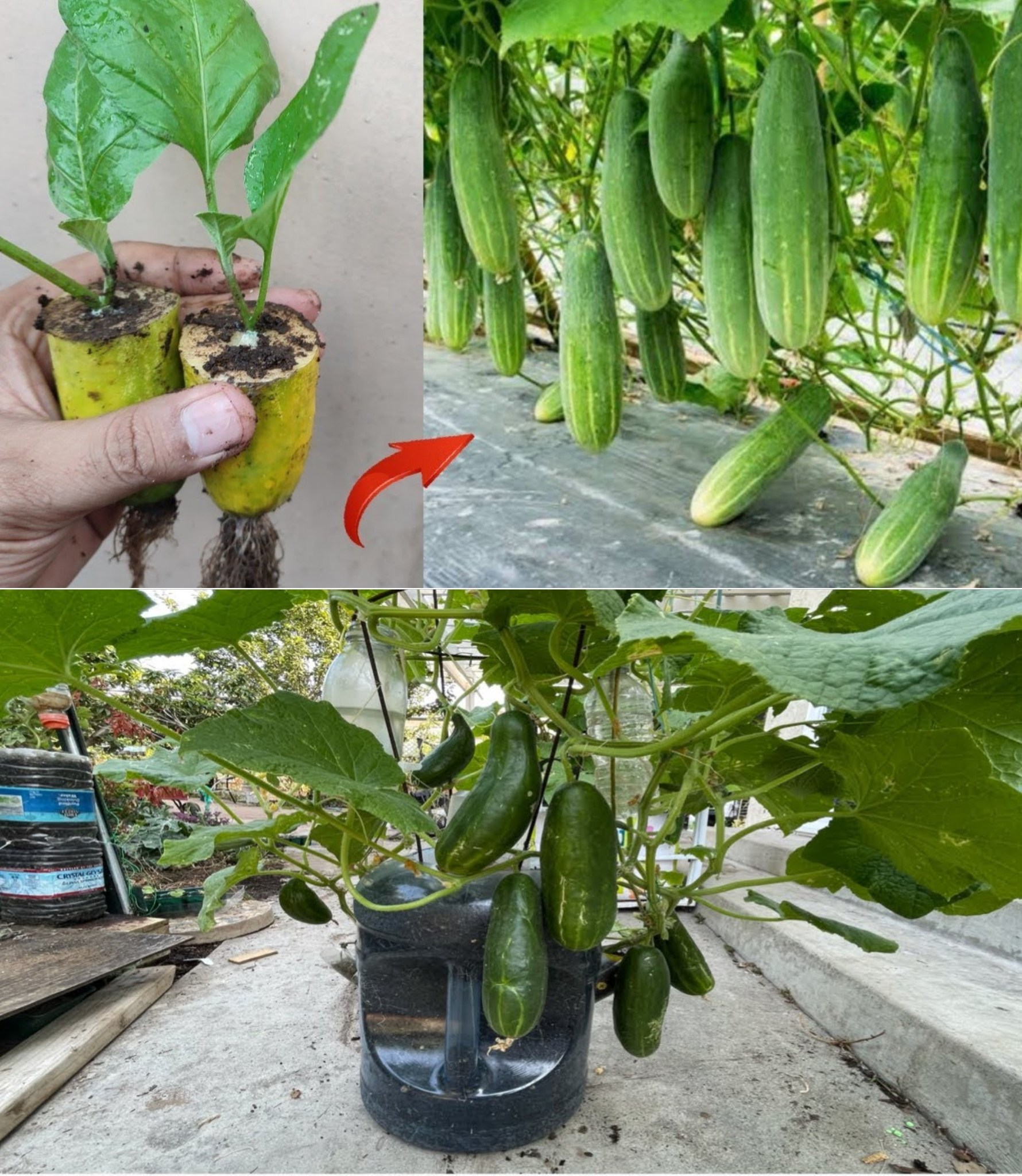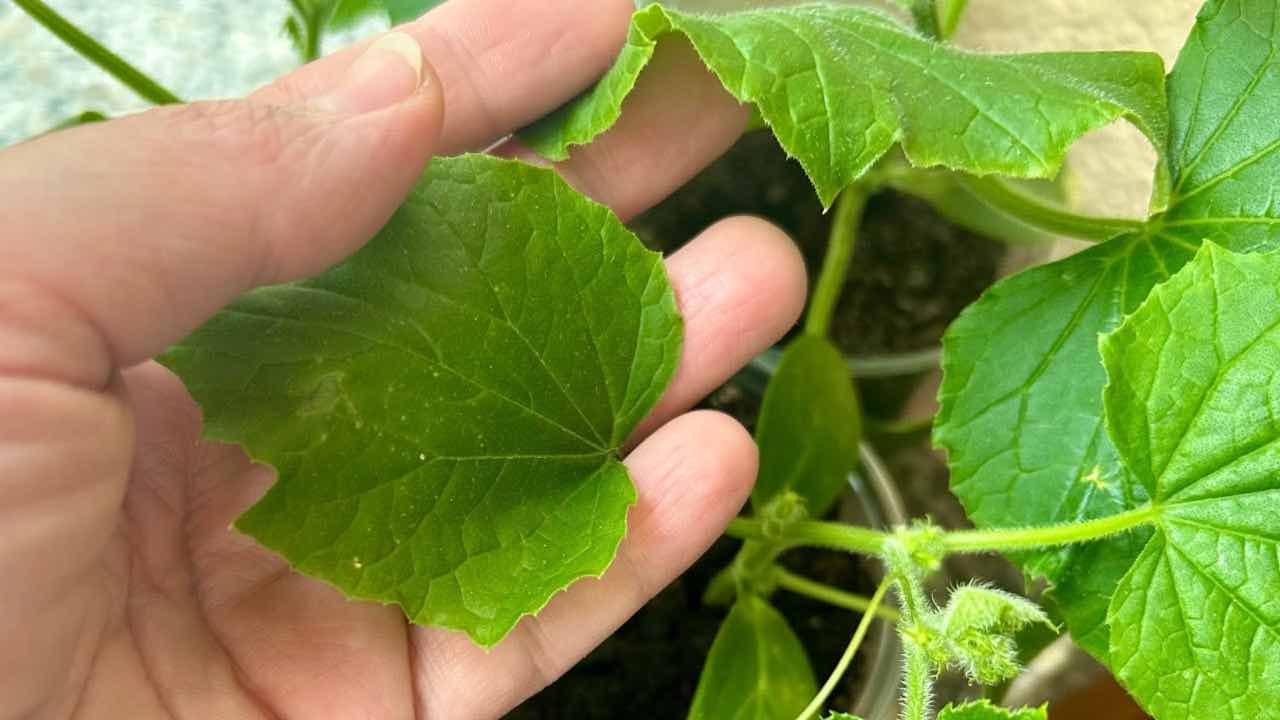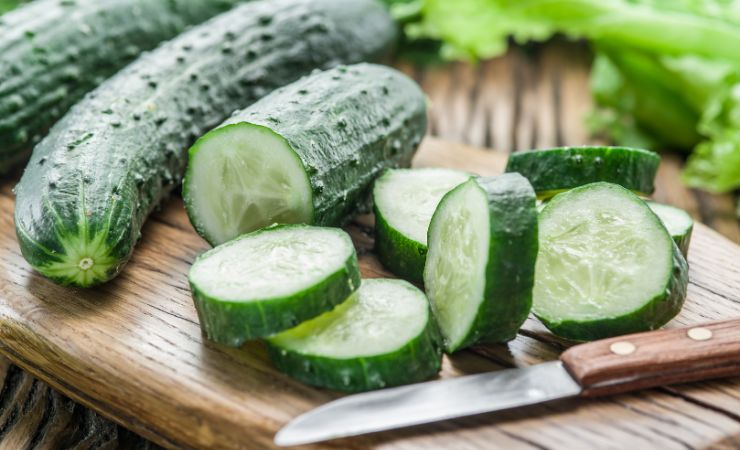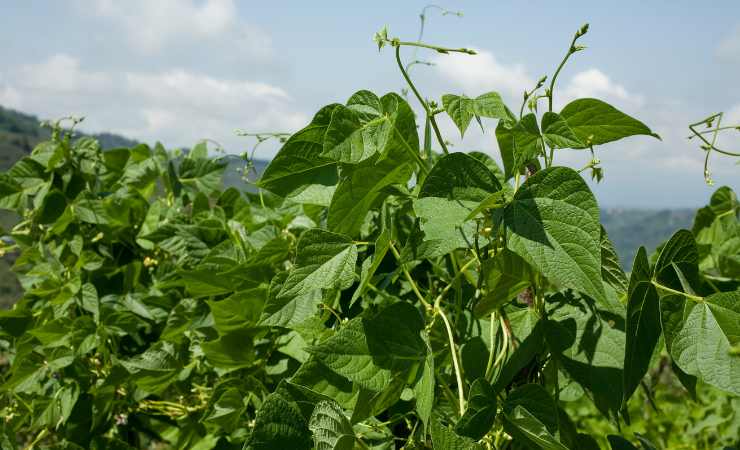
Garantizar la Protección del Pepino: Plantando Compañeros para la Prevención de Plagas

A medida que se acerca el verano, los entusiastas de la jardinería siembran ansiosamente plantas que producen excelentes verduras, como los pepinos. Estos vegetales ricos en nutrientes son muy recomendados por los nutricionistas por su abundante contenido de agua y fibra, promoviendo la salud intestinal, beneficios antiinflamatorios, propiedades antioxidantes y ayudando en la regulación de la presión arterial.
Con estas plantas no más plagas para los pepinos
For successful cucumber cultivation, it’s essential to consider their preferences for sunlight and consistent humidity. However, another crucial aspect is protecting cucumbers from potential pest attacks that could jeopardize the entire crop. Cucumber beetles and powdery mildew caused by Ascomycota fungi are common threats that can devastate cucumber plants.

While commercial fungicides and pesticides are effective, a natural and preventive approach involves planting companion plants to provide protection and enhance pollination. This strategy not only deters dangerous pests but also facilitates the growth of cucumbers.
Several beneficial plants contribute to cucumber protection and growth:
- Green Beans: These legumes improve soil quality by extracting nitrogen from the air, a vital element for promoting cucumber growth.
- Corn: With its expansive root system, corn breaks up compacted soil and enhances soil structure. Corn also attracts beneficial insects like ladybugs and wasps, which prey on pests.
- Celery: Known for repelling ants, fleas, and harmful worms, celery not only protects cucumbers but also enhances their flavor and aroma.
- Parsley: An effective repellent for worms and ants, parsley serves a dual purpose by improving flavor and supporting growth.
- Dill: Planting dill near cucumbers acts as a deterrent for pests like snails and mites, contributing to the overall health of the cucumber crop.

Es aconsejable evitar plantar tomates o papas muy cerca de los pepinos, ya que estas plantas pueden compartir plagas comunes. Al incorporar estratégicamente estas plantas compañeras, los jardineros pueden fomentar un ambiente de pepino próspero, promoviendo tanto la salud de las plantas como la protección contra posibles amenazas.
